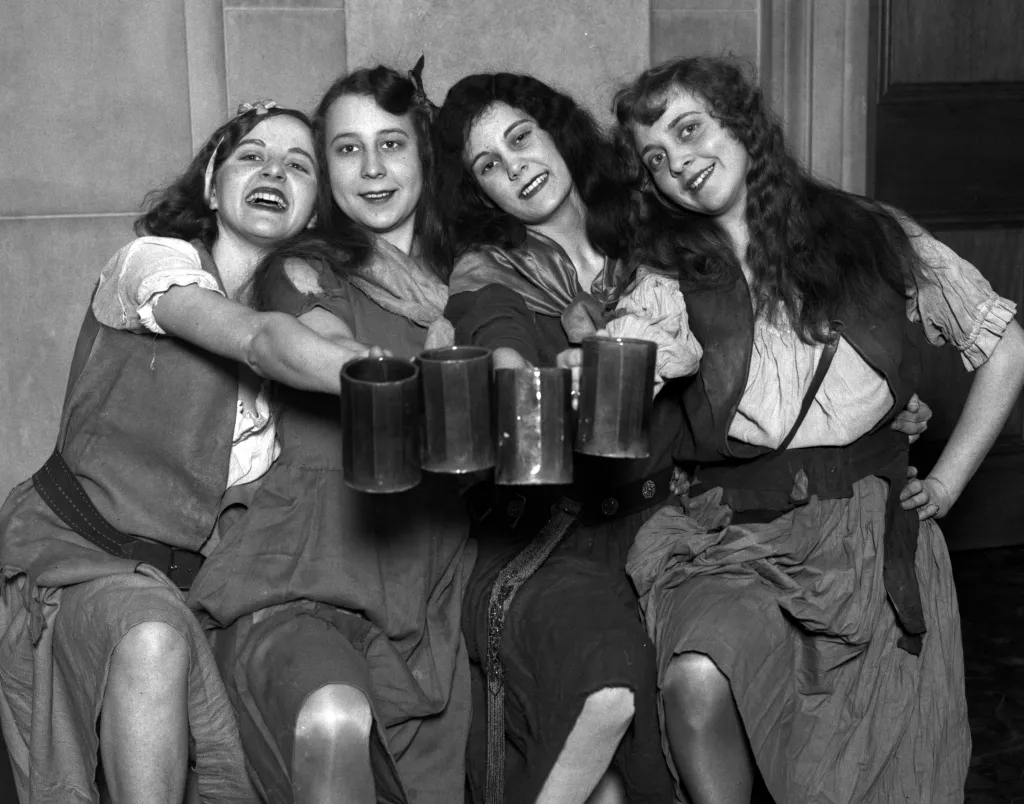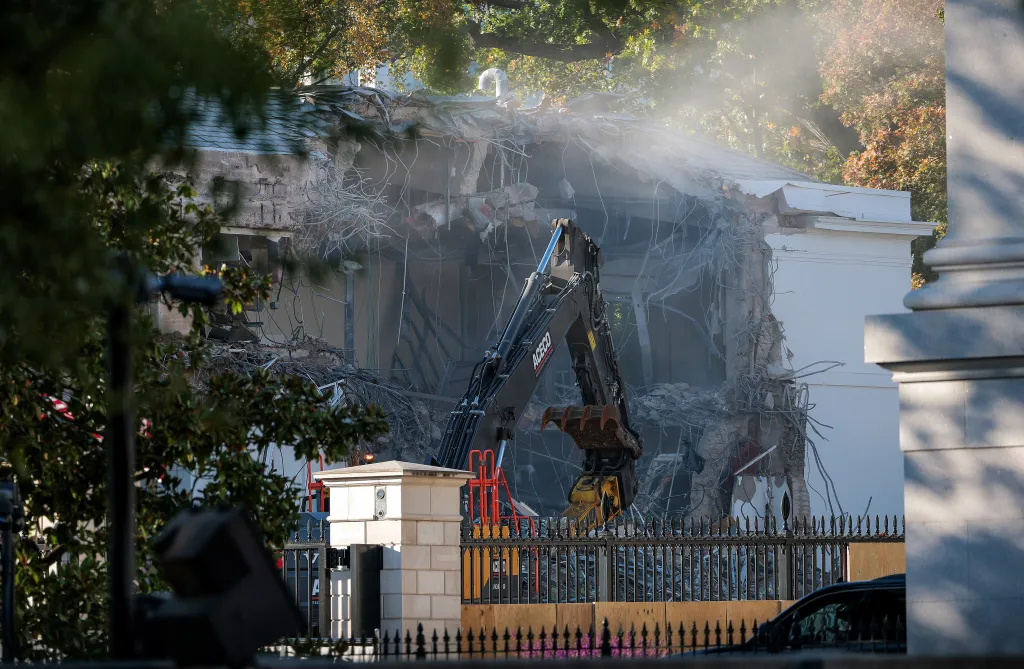Copyright Chicago Tribune

The opening ceremony for Chicago’s leading theater was a quiet social affair in the fall of 1925, though the Tribune boasted it would be “one of the social and artistic events of the season.” “The presence of many friends, the praise of colleagues, and the beauty of a memorial building to his name were the tributes paid to the memory of Kenneth Sawyer Goodman, a young man whose greatest interest was the fostering of the drama, at the dedication of the Kenneth Sawyer Goodman Memorial Theater in the Art Institute Tuesday evening,” the Tribune wrote of the Oct. 20, 1925, event. Three short plays written by Goodman — “Back of the Yards,” “The Green Scarf” and “The Game of Chess” — were performed at the dedication ceremony. Two days later, the rest of Chicago got its first opportunity to glimpse the new building. Against the backdrop of Michigan Avenue’s soot-caked skyscrapers, the 700-plus-seat theater premiered John Galsworthy’s “The Forest” to much fanfare. As Tribune critic Chris Jones recently wrote, the theater was the realization of a dream held by Goodman, a playwright and poet with wealthy parents. Goodman had some success in Chicago’s Little Theatre movement — a local attempt at establishing an art theater open to all and not just for those high born — and worked for a time with the journalist and author Ben Hecht. Goodman wrote a letter to the Art Institute of Chicago suggesting that it get into the theater business, but he died of the flu while in the Navy during World War I. His parents then stepped in to fund a theater and drama school bearing his name, built at the back of the museum with a classically influenced design by Howard Van Doren Shaw. Its motto: “To Restore the Old Visions and Win the New.” The Tribune gave a lengthy description of the new theater when it opened: “The lines of the new theater are effective in their simplicity and severity. The theater proper, which seats about 700, is paneled in wood, with narrow borders of carved woodwork and bright blue niches, high on the side walls, holding busts of famous dramatists. Crystal chandeliers, two wrought iron fixtures in the two small balconies at the front of the theater, and an oval surrounded by concealed lights in the ceiling give the illumination. Entrances to the theater are at the sides, and at the back is a narrow balcony against a sky blue wall. The long rows of seats are unbroken by a center aisle.” Opening in the fall of 1925, though, turned out to be poor timing given the imminence of the Great Depression. The theater struggled financially, with the Art Institute getting rid of the first artistic director, Thomas Wood Stevens, in 1930 and deciding to turn the Goodman into a theater school. It stayed that way until the 1960s, when Chicago got caught up in the same artistic revolution as the rest of the city and the Goodman began operating as a professional theater. The Goodman moved to the Loop in 2000, and the Shaw building was demolished to make way for a museum expansion. Interestingly, the Tribune rarely covered the Goodman in its early decades, although there are records of those very first seasons, including a show based on the work of John McCutcheon, a much-loved writer-cartoonist for the Tribune. Claudia Cassidy, the paper’s famous mid-century theater and music critic, spent her time covering the many commercial theaters in the Loop; the student productions at the Goodman were of little interest to her, let alone to her predecessors. The Tribune wrote of the theater that it was “designed to provide a place for the student dramatic entertainments, and it gives those who want to make stage scenery and settings their special study in art a good opportunity to try out their designs.” The newspaper’s archives confirm this, with photos showing fencing classes, women learning lighting techniques, puppetry and plays for children, along with contemporary plays and classics performed by young people we can only presume were at the start of their careers. The Tribune foresaw great things for these students and Chicago’s theater scene as the Goodman Theatre started its 100-year run, writing on Dec. 7, 1924: “For surely the drama in America is no more than in a period of gestation, and where could be a better mother for any art than this young strong city born of pioneer on a prairie?”



